SNCF Group: Our corporate strategy
Today’s world faces major challenges affecting the climate, regional development, the economy and society. Focus on the strategy of our Group, made up of 7 SAs in a context of rail market opened to competition.
Our 7 companies
On 1 January 2020, rail reform went into effect, and the old SNCF—3 state-owned industrial and commercial enterprises (EPICs)—was transformed into 7 public limited companies (sociétés anonymes, or SAs).
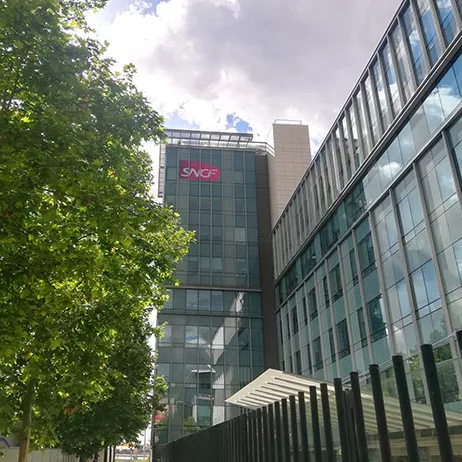
SNCF
SNCF, the new parent company, provides strategic and financial leadership for the Group.
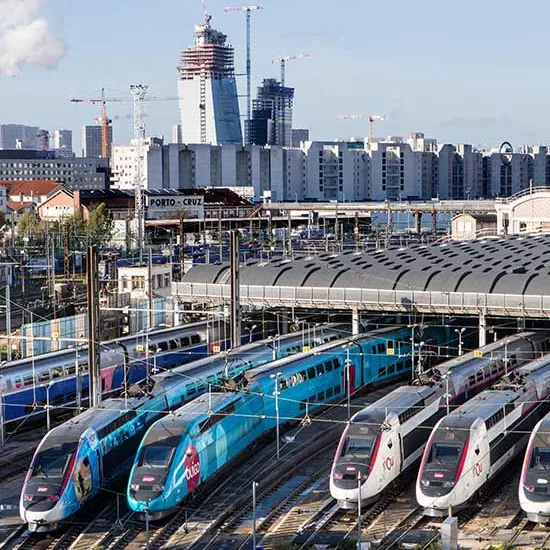
SNCF Voyageurs
This SNCF subsidiary is home to all of the Group’s passenger rail transport companies, in France and beyond.
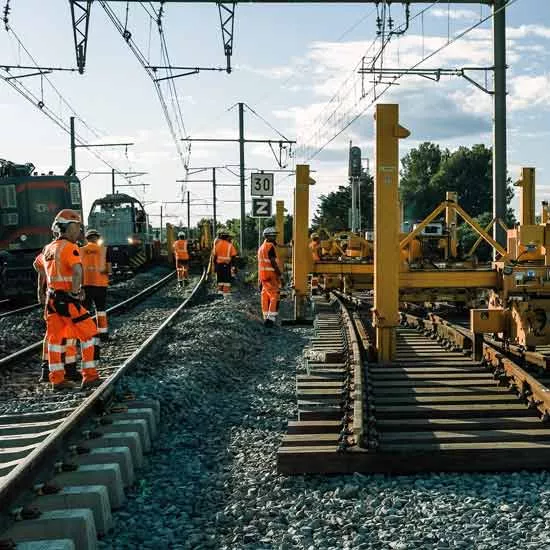
SNCF Réseau
This SNCF subsidiary manage France's ralway stations, from design to marketing to operation. As the infrastructure manager, SNCF Réseau is the linchpin of the French rail system.
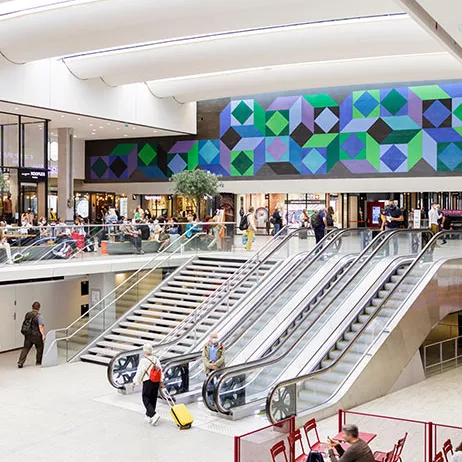
SNCF Gares & Connexions
This SNCF Réseau subsidiary manages and operates France’s railway stations, from design to marketing to operation.

Rail Logistics Europe (RLE)
This SNCF subsidiary is home to all of the Group’s freight rail transport activities.
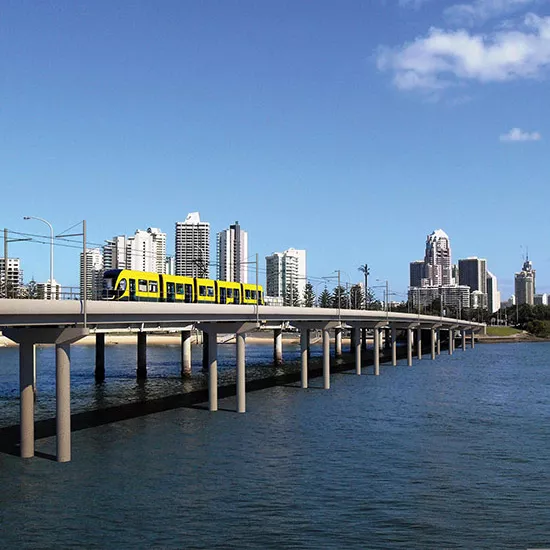
Keolis
A company 70%-owned by SNCF, Keolis operates and maintains multimodal transport networks in France and around the world.
GEODIS
Based on a network spanning 166 countries, our company strives for ever more innovative, sustainable and ethical logistics, serving customers both in France and abroad.
Corporate transformation
As the Group’s entities became public limited companies, we adopted a new approach to governance:
- our corporate bodies play a greater role in managing the Group
- directors have diverse, complementary backgrounds
- our operational and financial leadership is grounded in the Group’s corporate interests.
A new way of doing business
We’ve kept everything that makes SNCF unique, but we now follow the same codes, best practices and requirements as any leading industrial company in France or around the world.
Our business model
To learn more about our business model, see page 7 of our annual financial report.
Rapport financier annuel 2024 Groupe SNCF
FINANCIAL REPORT
SNCF GROUP (SINCE 2020)
EnglishPDF • 12.5MB
Download Rapport financier annuel 2024 Groupe SNCF - English - pdf - 12.5MBFull Year Financial Report 2024 SNCF Group - ESEF version
FINANCIAL REPORT
SNCF GROUP (SINCE 2020)
Setting our sights on France...
In 2020, we adopted a new corporate strategy—Tous SNCF, or “All SNCF”. It sets out a clear goal: to become a world-class champion of sustainable mobility for passengers and freight by 2030. Under our new strategic positioning, French rail is our priority.
This core business consists of 5 companies:
- SNCF SA, the parent company
- SNCF Réseau
- SNCF Gares & Connexions
- SNCF Voyageurs
- Rail Logistics Europe
... and the rest of the world
We also rely on a second circle of activities:
- SNCF Voyageurs operates in other European countries, supporting our business in France, boosting profitability, and offering potential for significant growth
- Keolis is a world leader in mass transit and a strategic asset for the Group, with a broad mix of multimodal services
- SNCF Gares & Connexions supports our core rail business by generating commercial revenue from activities not regulated under competition law
- GEODIS is a fast-growing, world-class logistics specialist with potential to generate significant future value.
Backed by a valuable asset portfolio
A third circle of activities revolves around our real estate portfolio and asset managers. Their management and monetization techniques are useful to the Group, and they can repurpose assets to facilitate development and increase the value they generate for us.
4 strategic principles
When we choose to pursue opportunities outside our core business in French rail, we follow 4 strategic principles.
Diversification
The diversity of today’s SNCF Group makes us less vulnerable to economic cycles. In future, we’ll need this variety even more, especially as we absorb the impacts of market liberalization.
Pragmatism
International expansion is not an end in itself. We must choose markets and contracts that serve the strategic interests of the Group and our core rail business, such as freight transport in other European countries.
Profitability
To make the most of our investments in the French rail system—and especially in upgrading the rail network—we’ll choose the most profitable projects and investments.
Self-financing
We’ll avoid new debt by making self-financing the rule for business outside French rail. This may also include developing financial partnerships with third parties.
Shared strengths
We will enhance, grow and transform our Group by drawing on 4 shared strengths: people, communities, the environment and digital technology and innovation, all of which are customer-focused.

People
The profound transformations ahead will require dialogue with and extra support for our employees. It’s essential for us to attract and retain current and future staff by increasing our training budget and more.

Communities
We seek to strengthen SNCF’s position as a vital player in every aspect of regional development—economic, environmental, social, cultural and more.
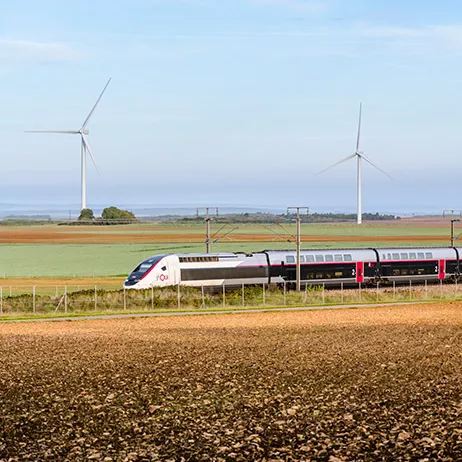
The environment
The green transition is the heart of our sustainability strategy.

Digital technology and innovation
Digital transformation is central to our operational processes and to reshaping our business lines to serve customers.
Clearly defined roles
This new corporate structure—with a parent/holding company and sociétés anonymes —creates clear divisions, ensuring that SNCF Réseau treats all rail companies fairly.
Division of responsibilities
- SNCF, our parent/holding company, now has enhanced management and oversight powers and is responsible for charting strategy and overseeing the entire Group.
- the other 6 sociétés anonymes are fully responsible for running their own operations, in close partnership with customers and employees
Fair, equitable treatment by SNCF Réseau and SNCF Gares & Connexions
SNCF Réseau’s responsibilities include:
- setting track access fees
- assigning train paths
The Group’s parent/holding company has no decision-making power in these areas. In short, our corporate structure creates a wall between SNCF Réseau and the Group. SNCF Réseau board members appointed by the parent company are required to recuse themselves from discussion of motions affecting pricing, track access fees and train paths.
Similarly, SNCF Réseau’s subsidiary, SNCF Gares & Connexions, is responsible for:
- maintaining, upgrading and operating the French rail network’s 3,000 stations and stops
- offering all operators the same core services for station customers and passengers, including safety, passenger information, accessibility, cleanliness and comfort.
These duties are carried out with the approval of mobility authorities.
And to avoid unfair competition, France’s transport regulation authority (Autorité de régulation des transports, or ART) ensures that all operators have equal access to France’s rail network and stations.
Share the article